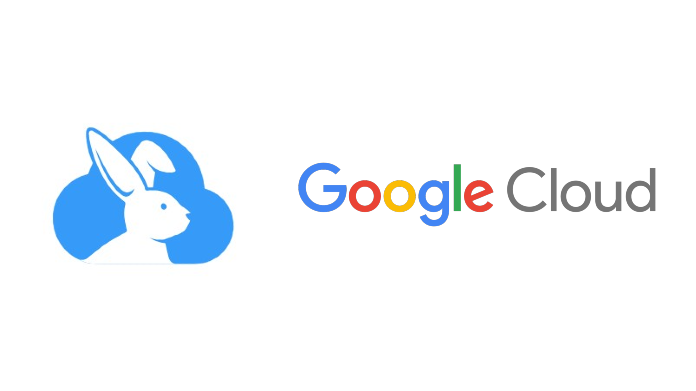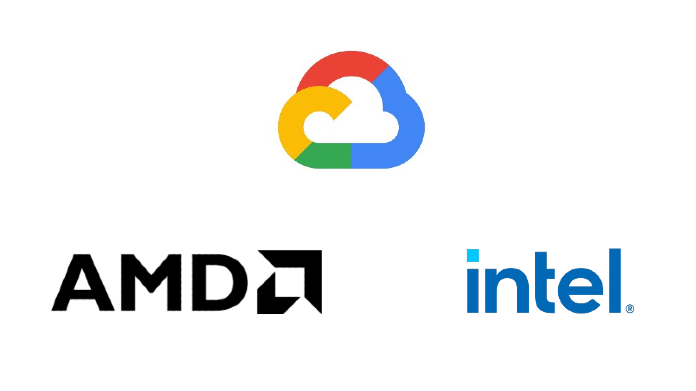The ultimate guide for GCP cost optimization - part 1 (GKE, GCE and CUD)
Zoltán Guth (CTO)
3 min read

Zoltán Guth, CTO of Rabbit shares the team’s findings and experiences with our customers on how to identify cost-saving opportunities at the service level.
With 10+ years of experience with Google Cloud and helping dozens of customers to optimize performance and costs in multiple areas of GCP, we recognized that cloud engineers often lack the tools needed for transparency and optimization of cloud systems.
Working with some of the largest cloud users and understanding their needs brought Rabbit to life, which not only offers detailed visibility into cloud usage but also provides automation tools to help teams optimize their cloud resources efficiently.
In the first part of the ultimate guide for GCP cost optimization, we’ll cover Google Kubernetes Engine, Google Compute Engine and Committed Use Discounts.
GKE (Google Kubernetes Engine)
- Workload Level:
- We often see significant waste due to over-requests on CPU and Memory. For instance, one of our customers saved $70k monthly by optimizing these requests. Automation is crucial here, especially for environments with thousands of workloads.
- Node Level
- Optimizing node-pool configurations to fit diverse applications is akin to solving a bin-packing problem. This can range from simple adjustments like checking max requests along nodes and changing machine types to more complex strategies like segregating applications into different node-pools based on similar CPU/Memory ratios.
- Spot instances can yield substantial savings, particularly for development environments and idempotent background jobs like data processing.
- Switching from Intel to AMD (e.g., N2 to N2D) can save at least 13% due to better pricing and 20% better performance based on CoreMark scores. This often results in requiring fewer nodes, leading to even more savings. We’ve seen clients save up to $60k monthly with this strategy.
Compute Engine
- Underutilization is a prevalent issue. While GCP’s recommender can help, our recommendations have saved clients 3.4 times more on average, translating to an average $10k saving potential.
- Similar to GKE, shifting from Intel to AMD can save 13% on costs and provide 20% better performance.
- Automatically turning off and on developer instances can save costs.
- Consider using Spot instances for additional savings.
Committed Use Discounts
- Review your commitments at least quarterly. If your workload increases, consider additional commitments.
- For Compute Engine, consider flexible commitments over resource-based ones for more versatility. A 3-year flexible commitment can provide higher discounts without restrictions on machine types or locations vs a 1-year resource-based commitment.
- It is important to mention that you can now have one flexible commitment to cover multiple services GKE Stanard, GKE Autopilot, Cloud Run and Compute Engine lowering the risk of later architecture changes around those services.
- Many customers commit to Compute Engine but overlook other services like Memorystore, Dataflow, Cloud Run, and Cloud SQL, leading to unnecessary costs.
Stay tuned for part 2, in which we’ll cover BigQuery and Cloud Storage.
or contact us to try Rabbit on demo data.



